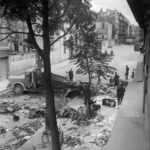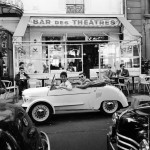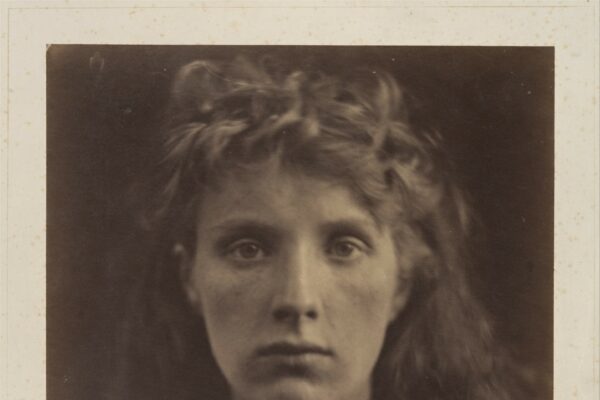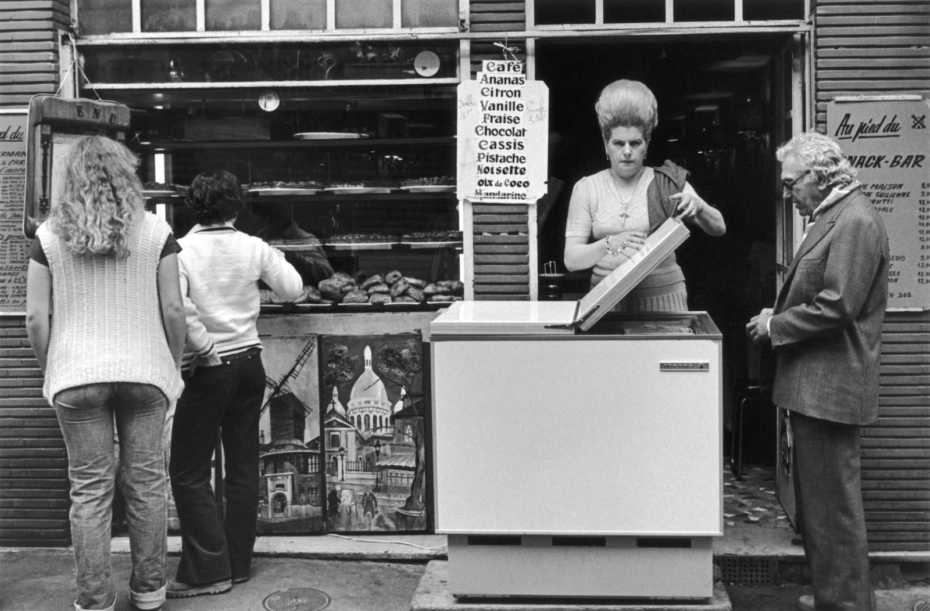
When you think of the photographers that captured the humans of Paris, masters of the lens like Henri Cartier-Bresson, Brassaï and Robert Doisneau come to mind. Their iconic black and white photographs are often as familiar as the monuments of Paris themselves. Today, we’re turning our attention to another French photographer whose images haven’t been licensed on tourist postcards a thousand times over, but still capture the humanist impulse, showing us the transformation of French society as it put itself back together following World War II, through to the 21st century. The lesser-known photographs of Jean-Philippe Charbonnier are a chance to rediscover the nostalgia of Paris we know so well through a whole new lens…
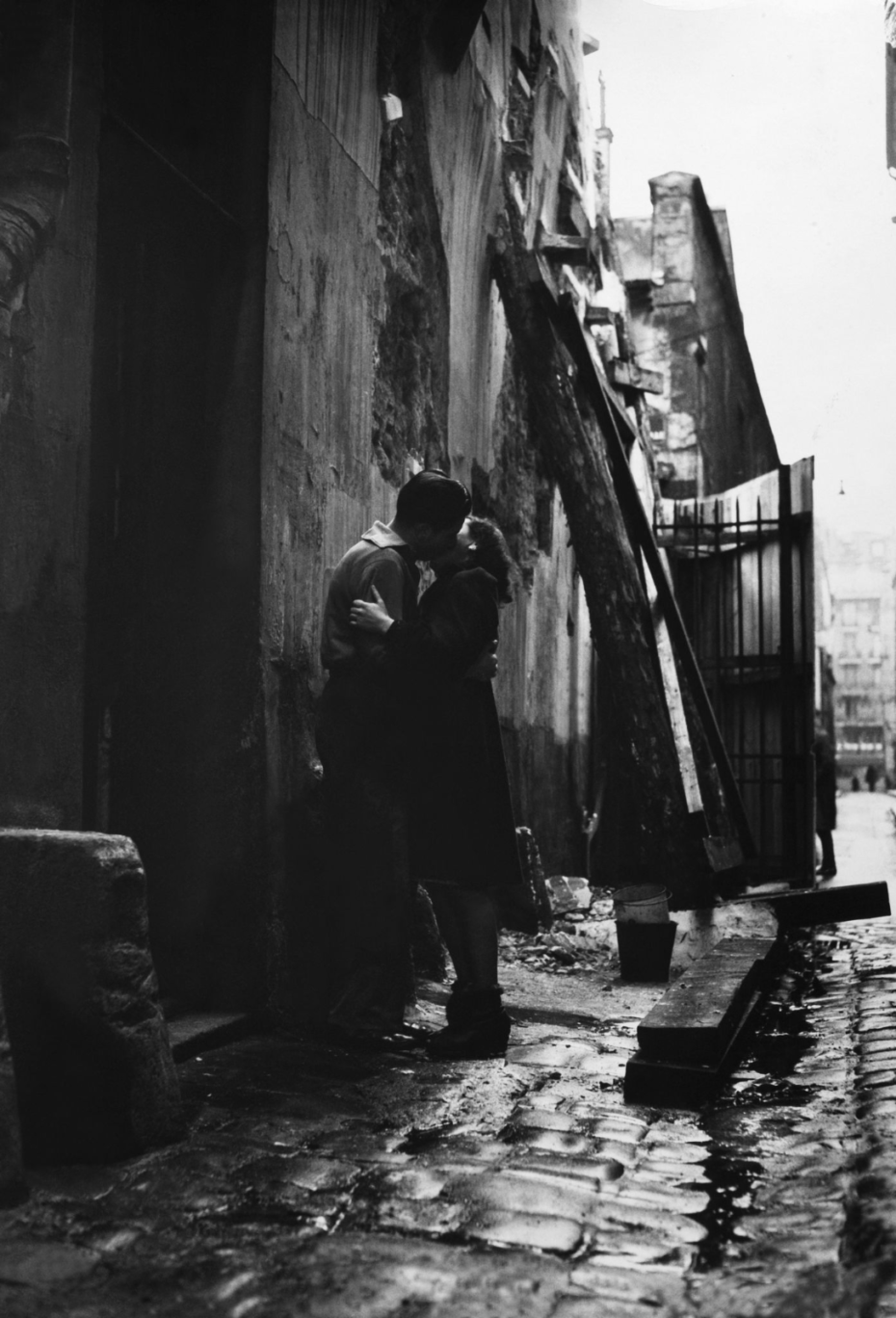
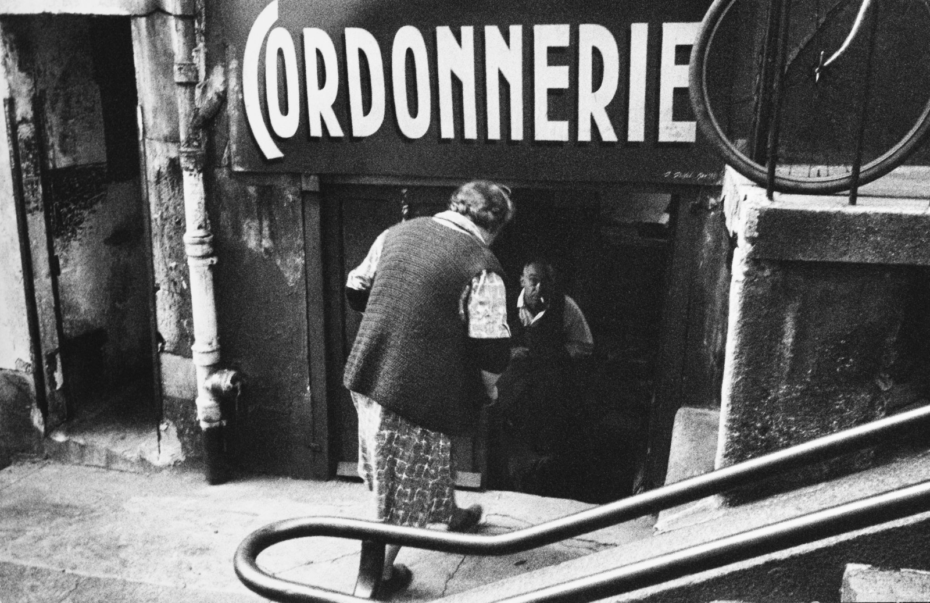
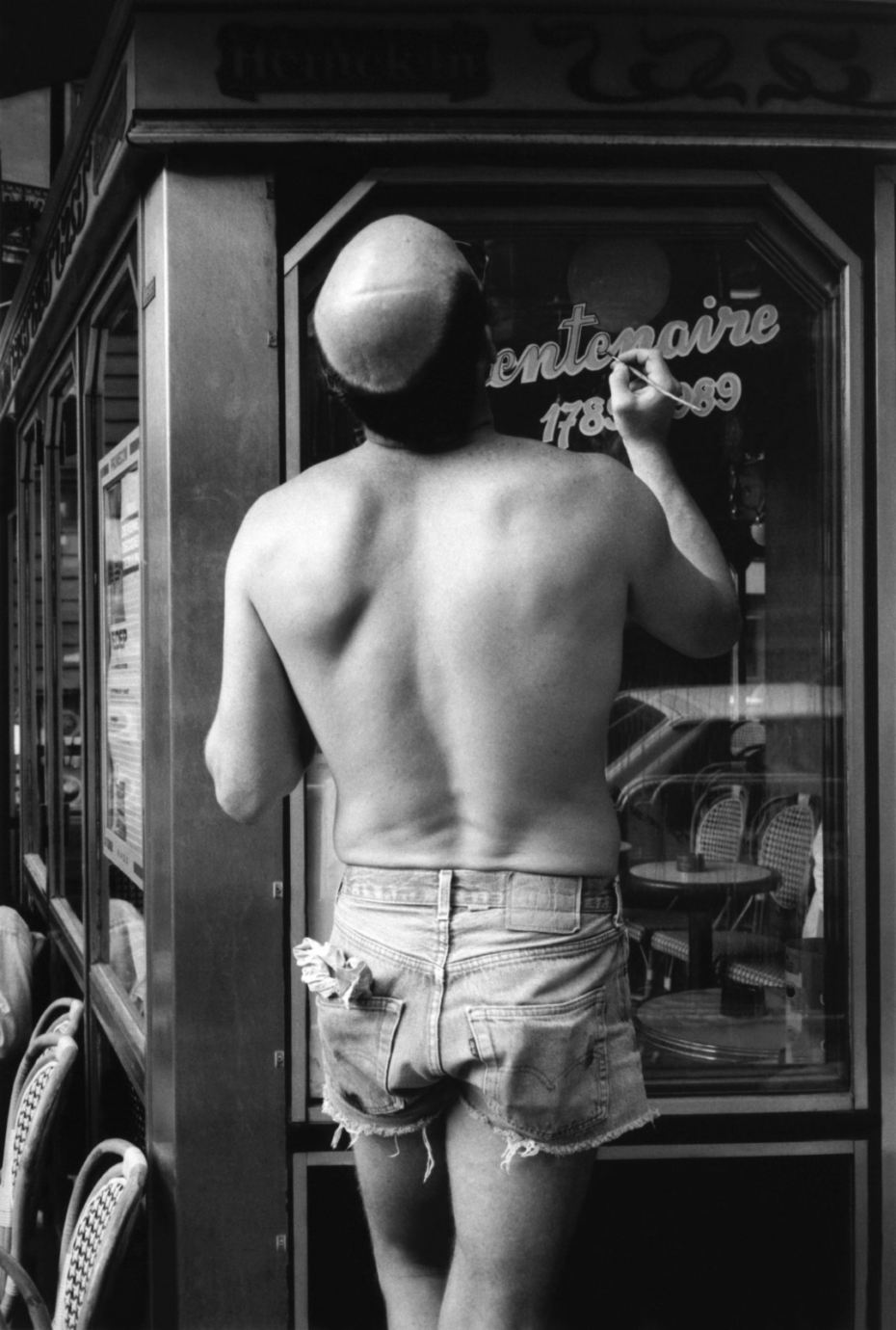
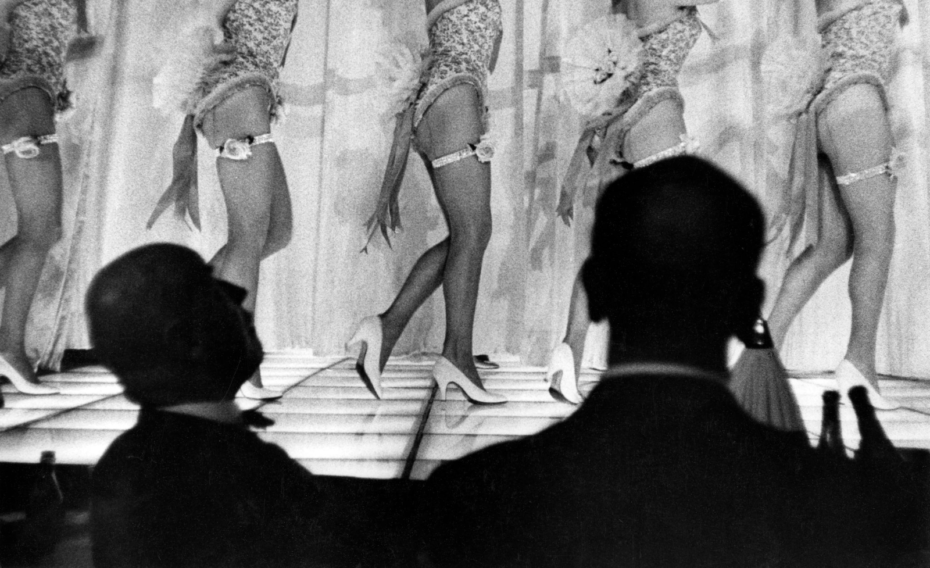
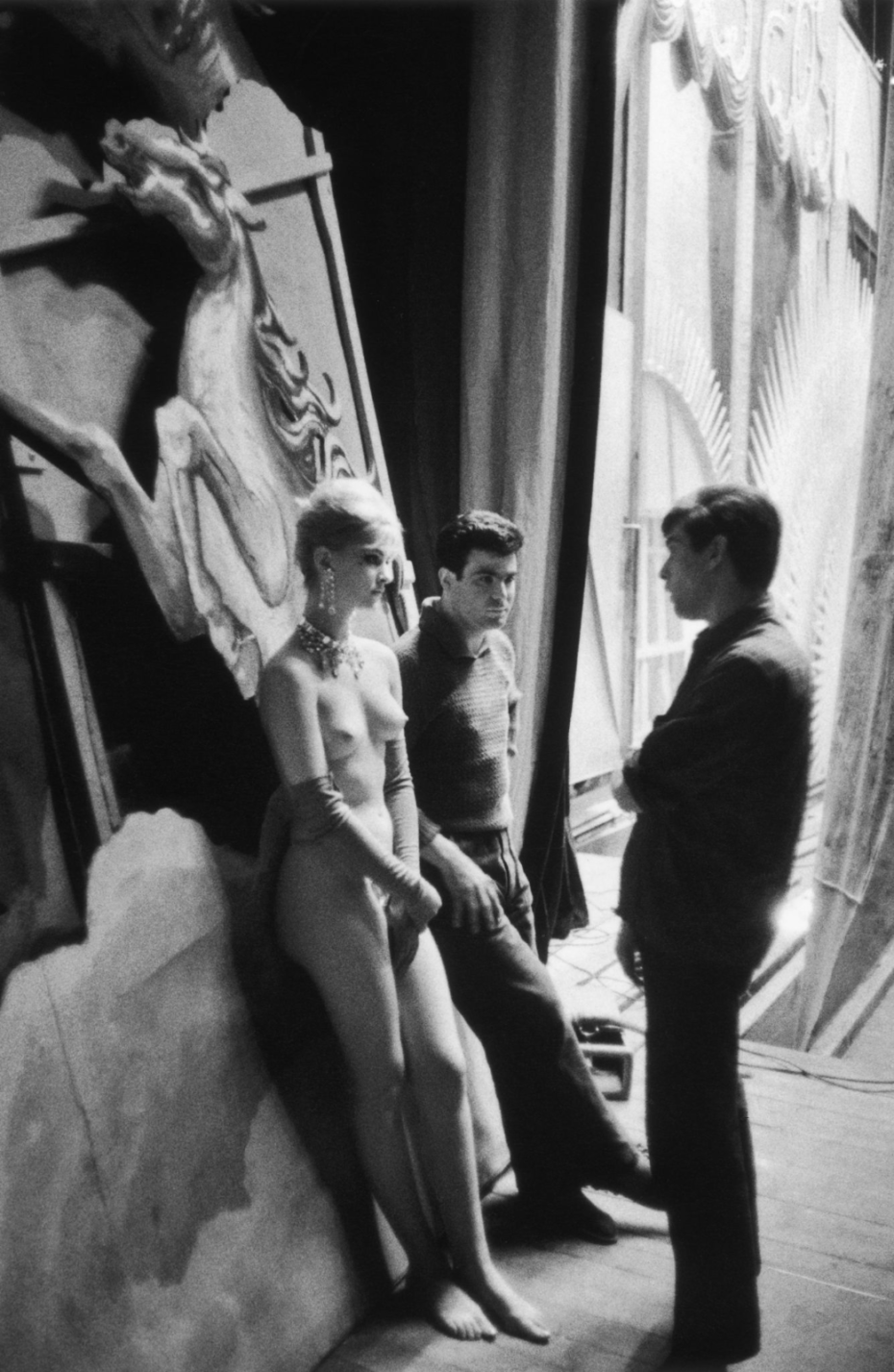
Jean-Philippe Charbonnier was part of the same club as Brassaï, Doisneau and Cartier-Bresson, the latter he considered a personal hero; “the formidable statue”. They were known as Humanist photographers, an unofficial art movement that was associated most strongly in France, particularly mid-century Paris. It wasn’t exactly photojournalism, but it was a reportage of human charm, of social customs; banality captured with poetic realism.
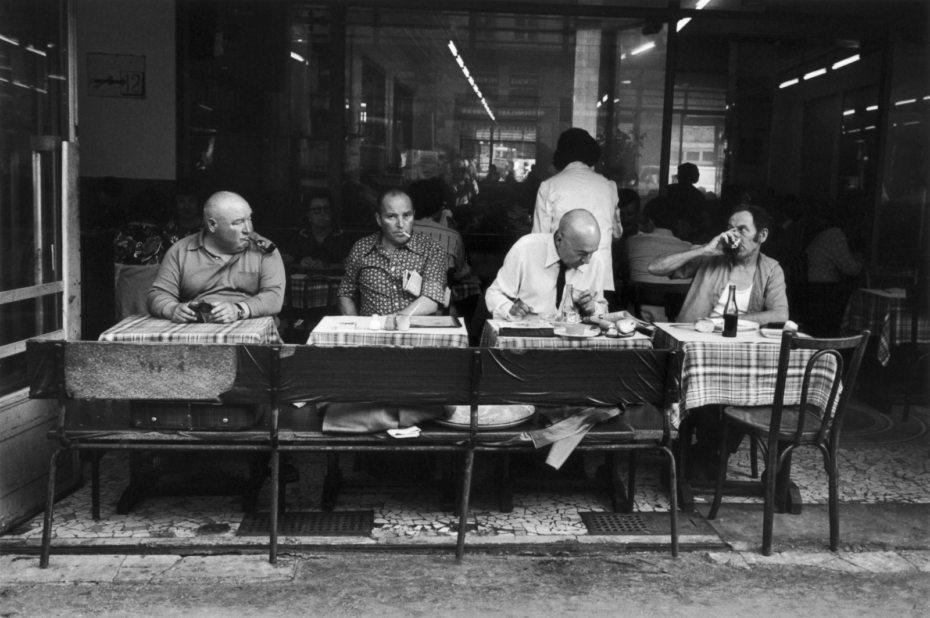
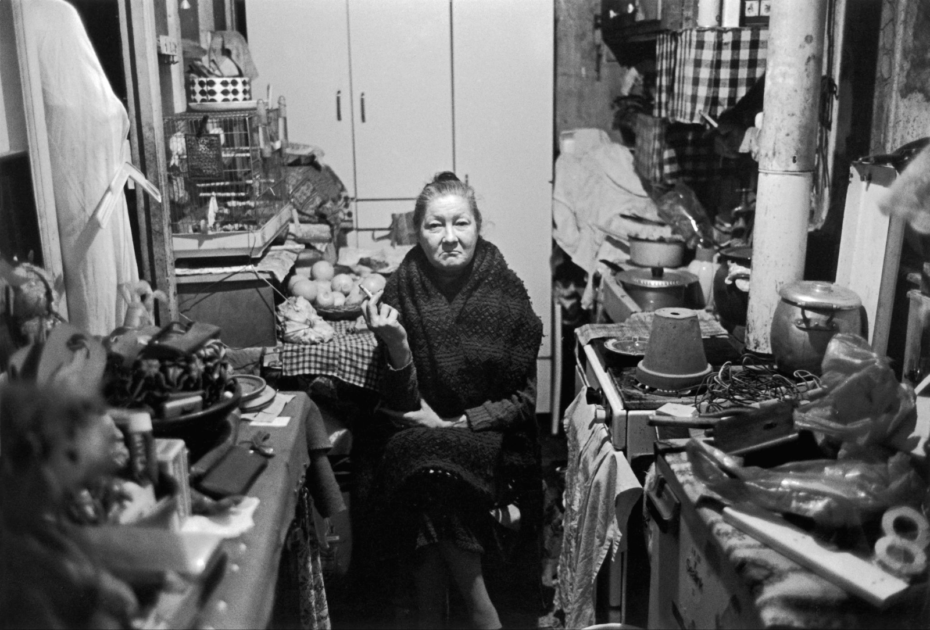
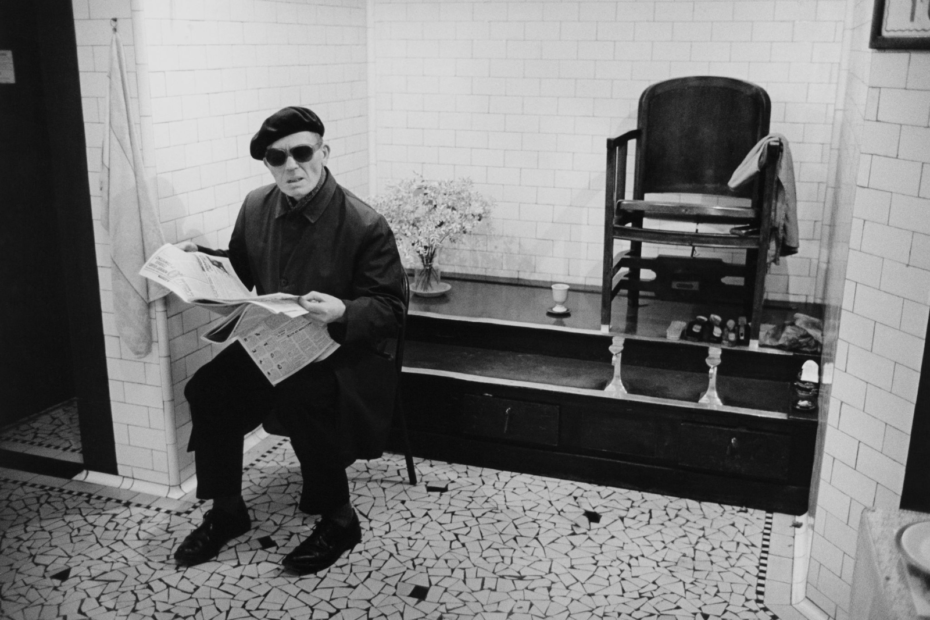
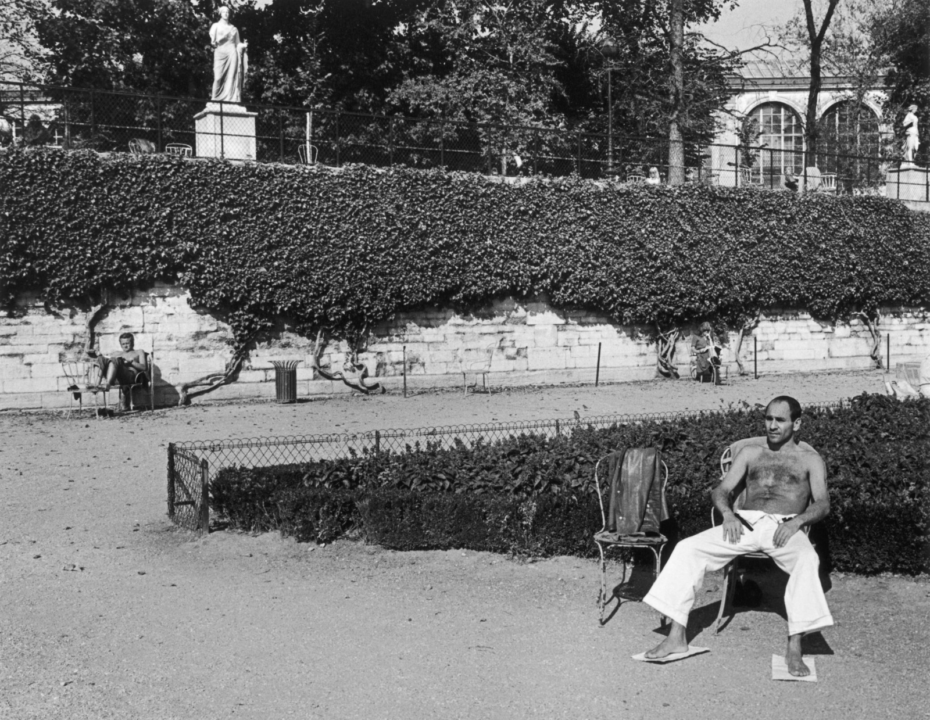
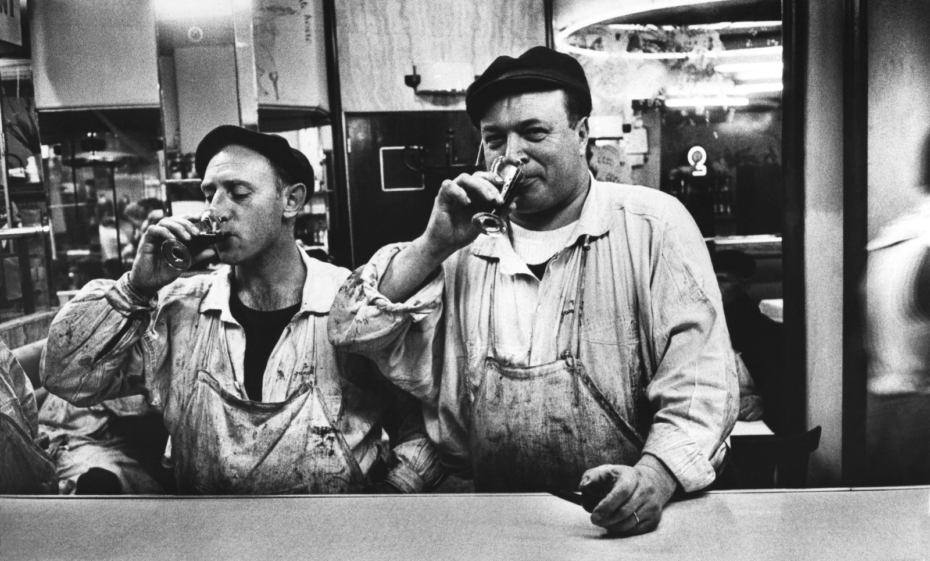
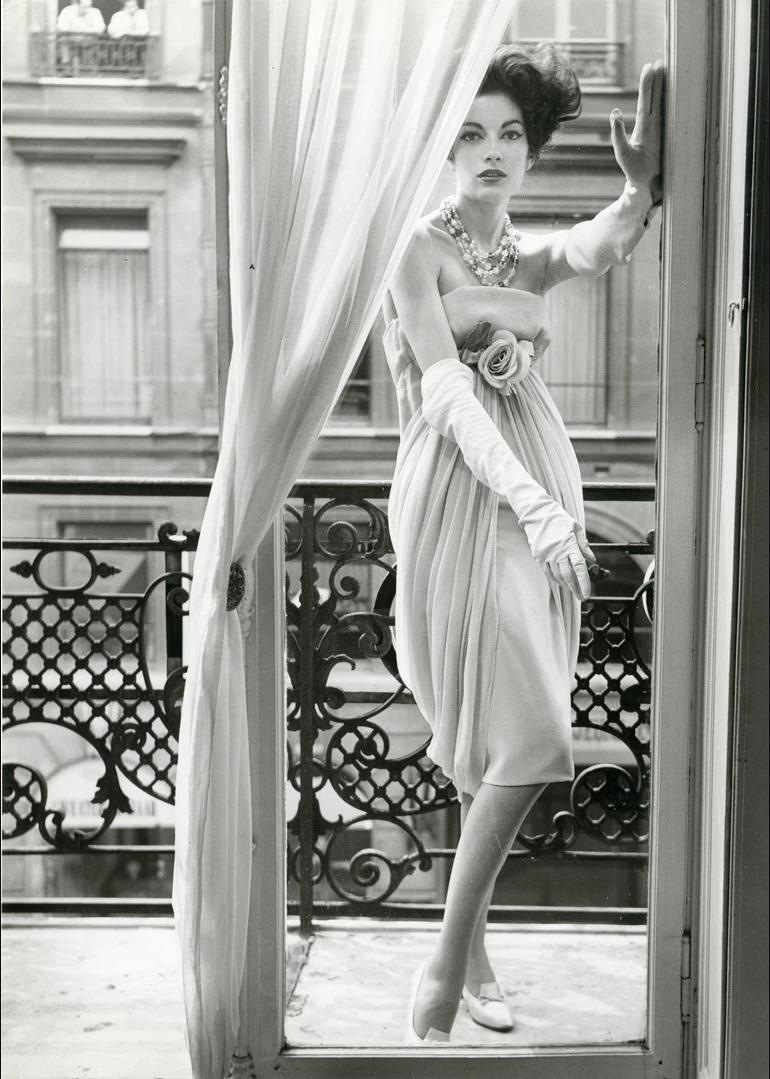
They identified closely with the classe populaire, but could also take an interest in the behind-the-scenes in Paris’ couture houses. As a boy who was raised by an artistic family in Paris, Jean-Philippe met the likes of Max Ernst and the great photographer Jacques-Henri Lartigue. His first job working with a camera was in the studio of Sam Lévin, the guy who “discovered” Brigitte Bardot. At the end of the war, he photographed the execution of a Nazi collaborator in front of a crowd in a small French village and soon after, his work was published for the first time in Point de Vue magazine in 1949. He became a reported for a post-war monthly magazine Réalités, which took him around the world, from Mongolia to Kuwait to Alaska. His more recognised photojournalism work abroad perhaps overshadowed his extensive essays on Paris, and it wasn’t until the mid-70s that Charbonnier decided to immerse himself solely on the Parisian story.
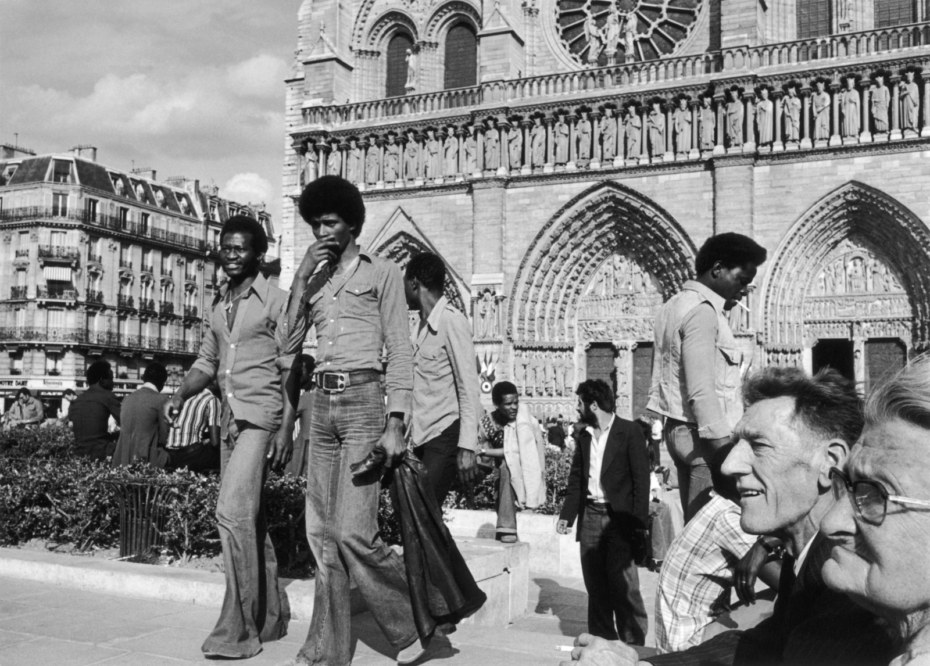
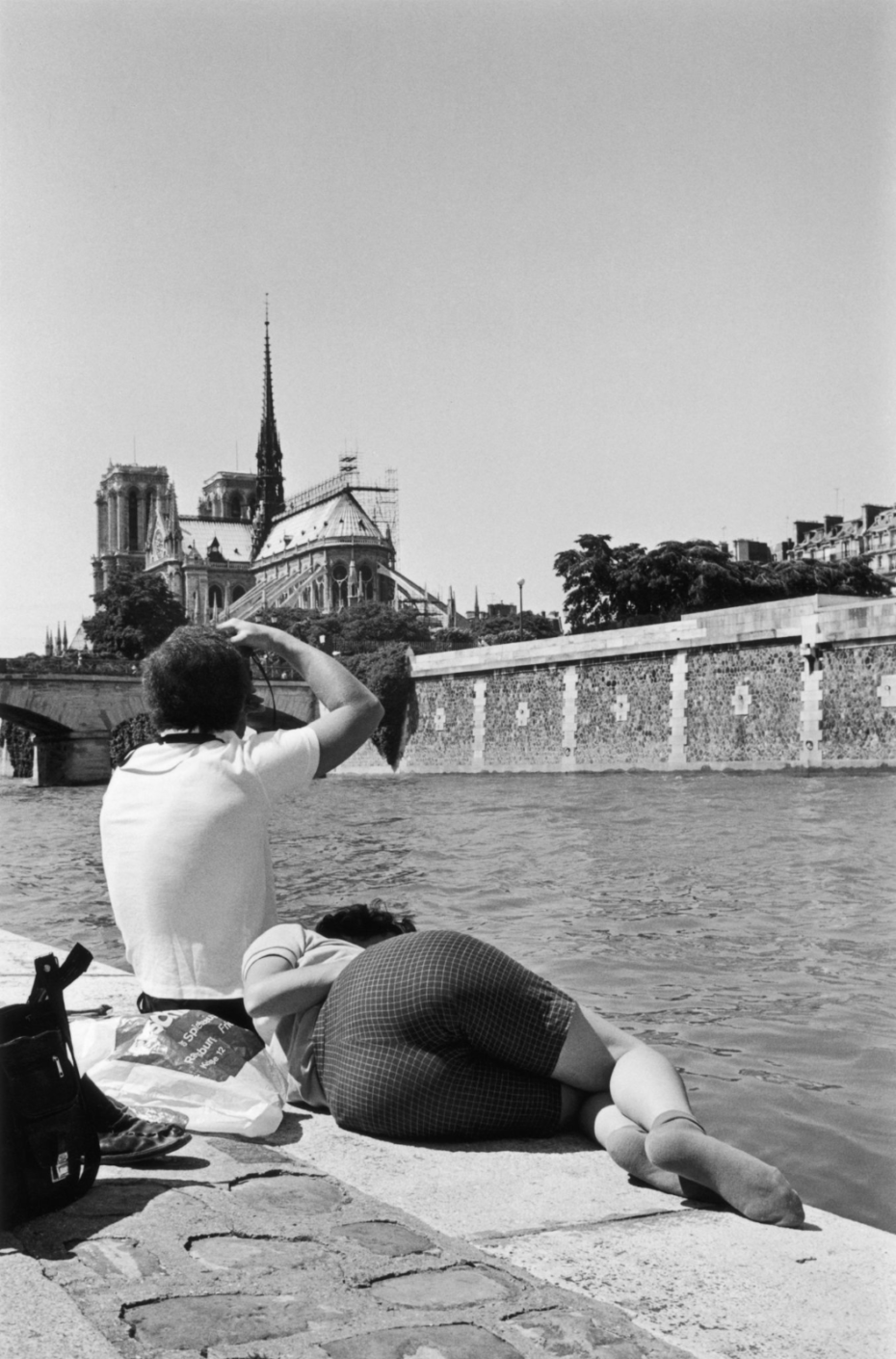
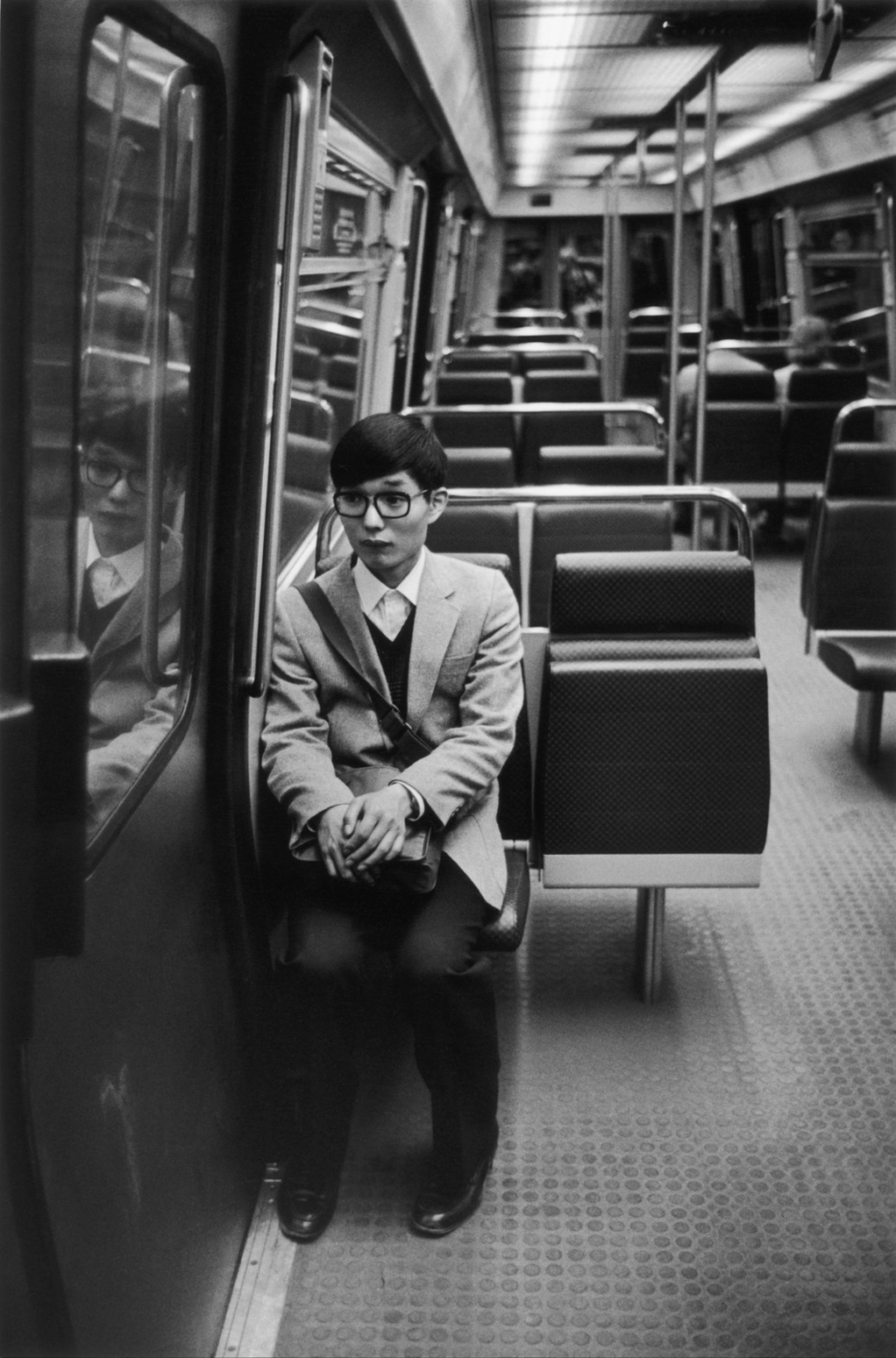
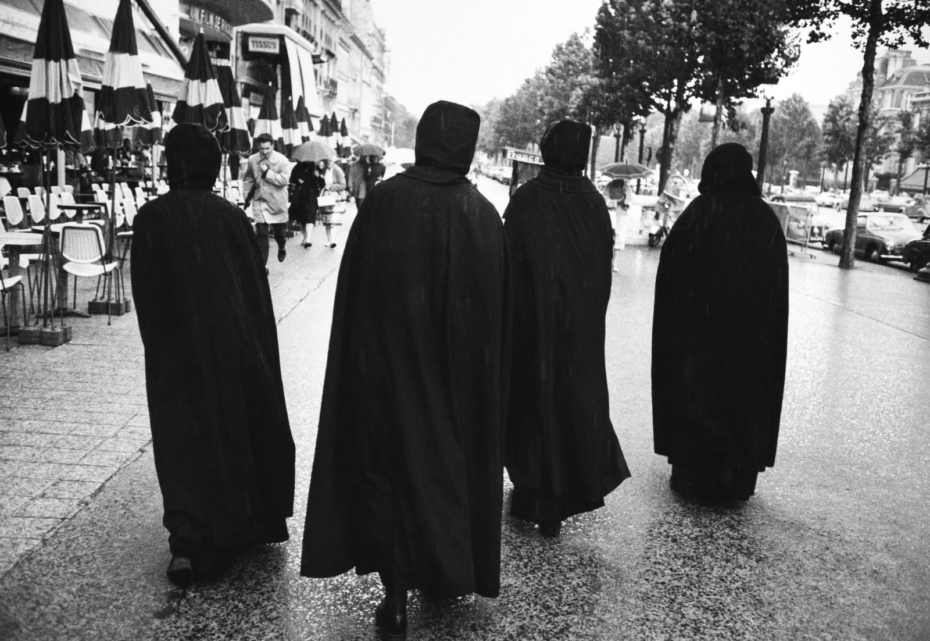
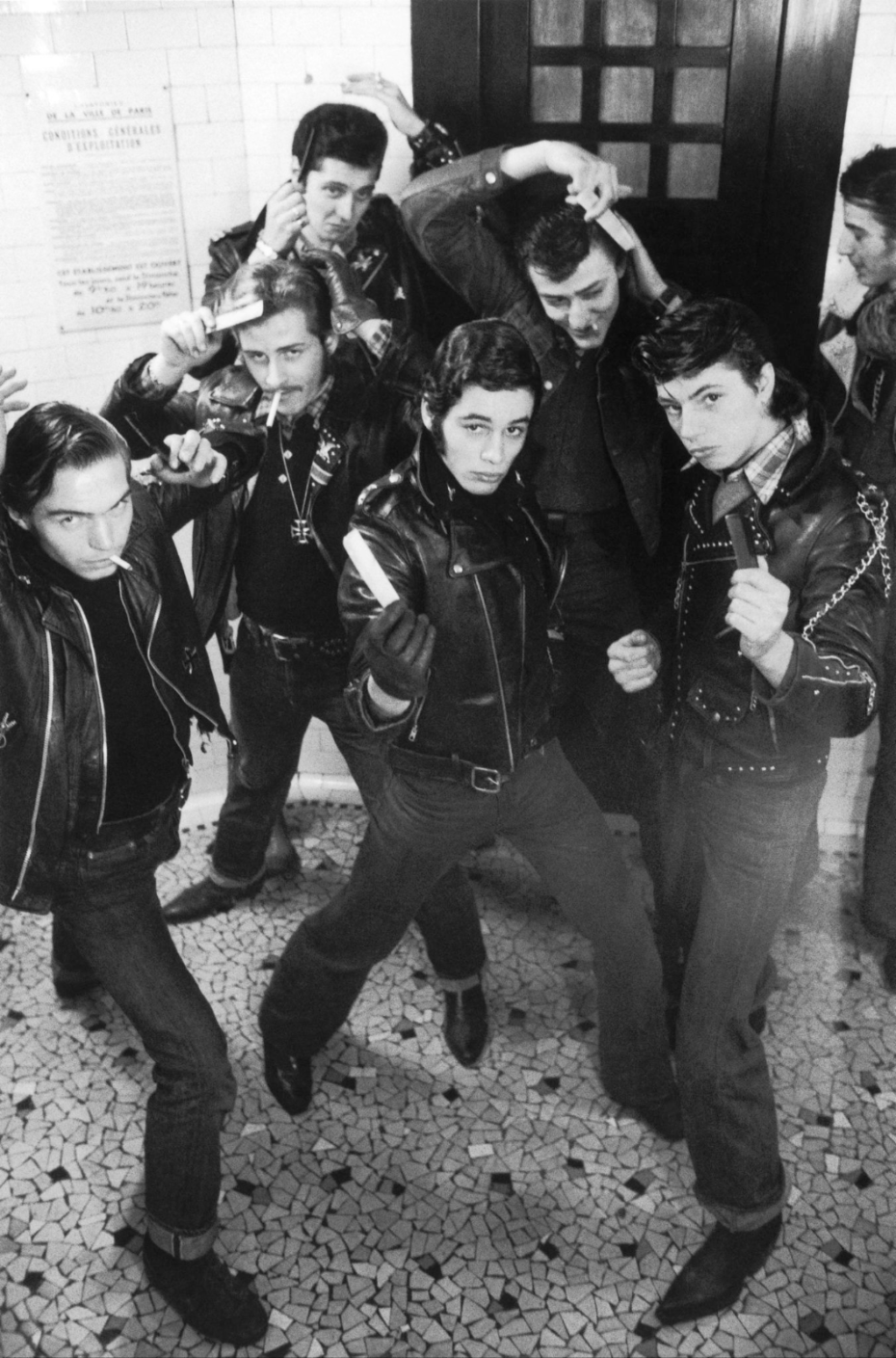
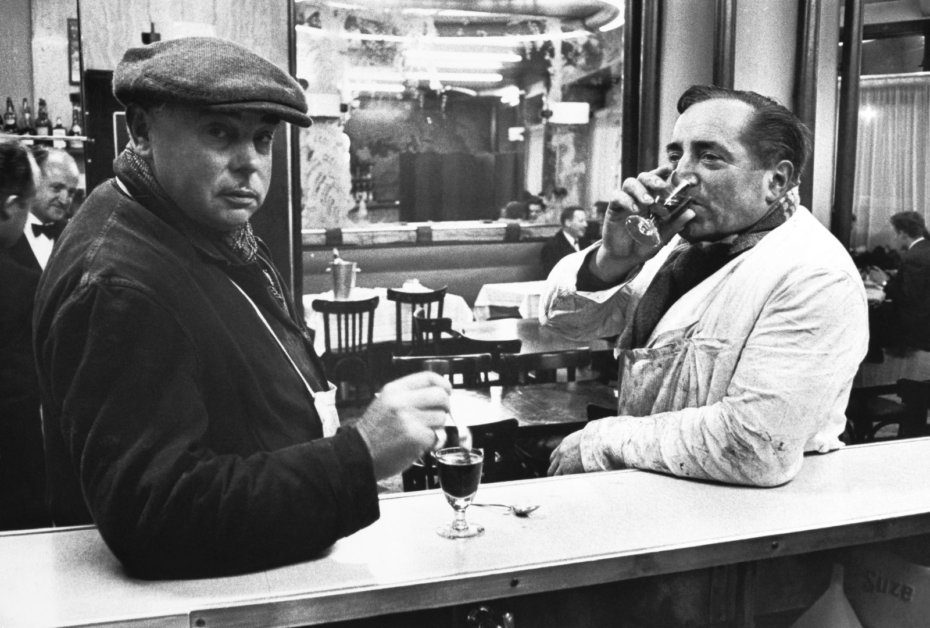
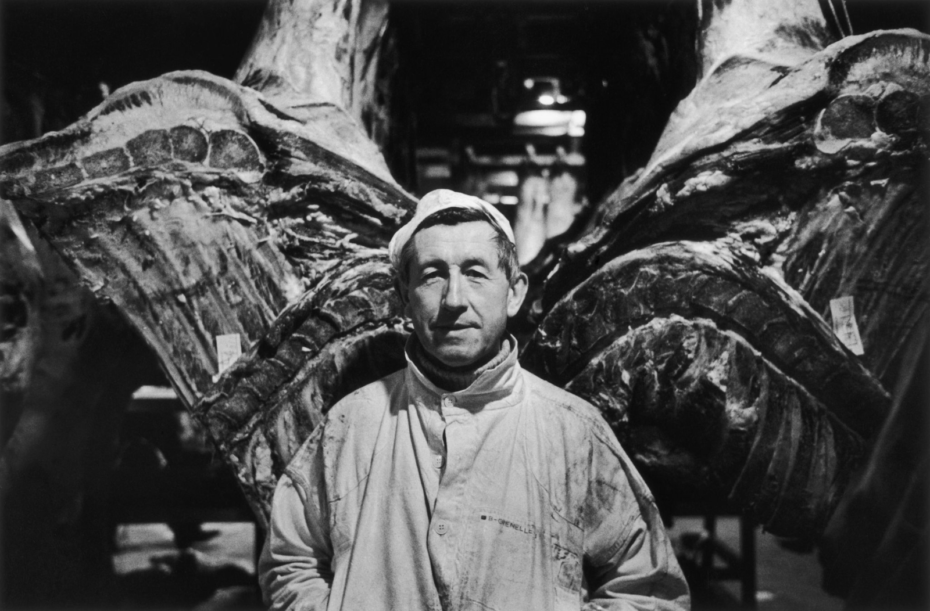
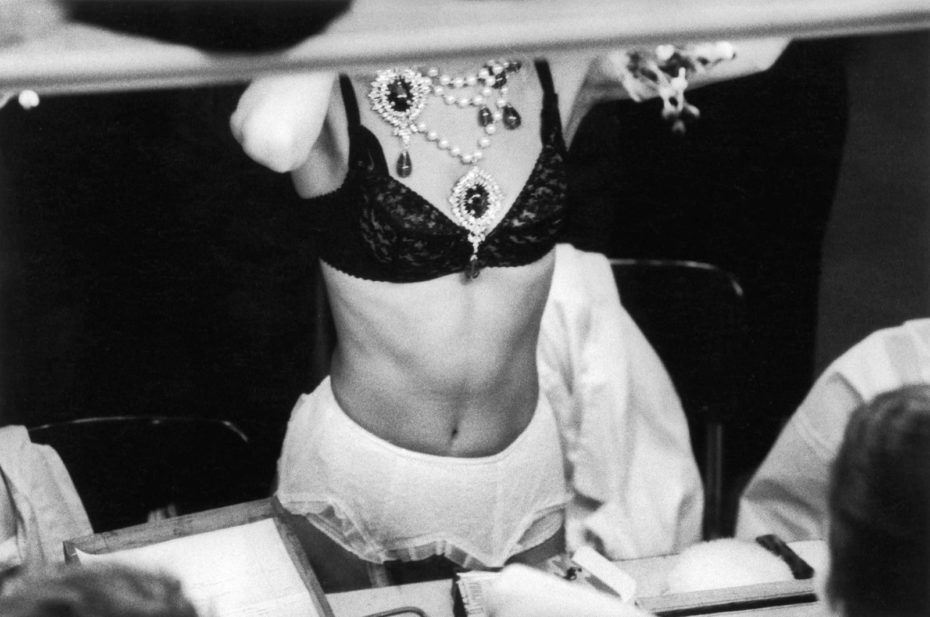
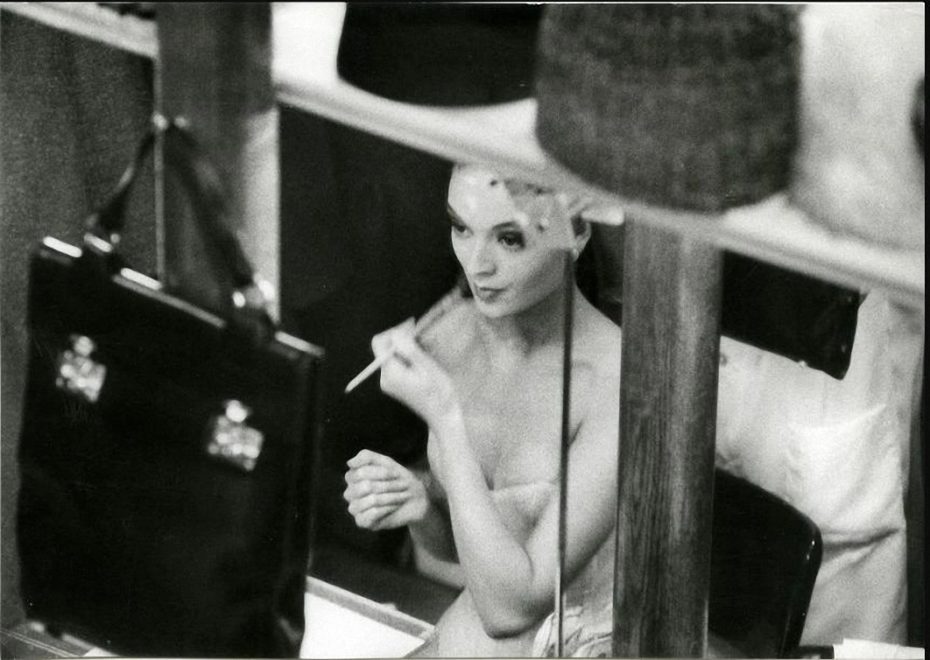
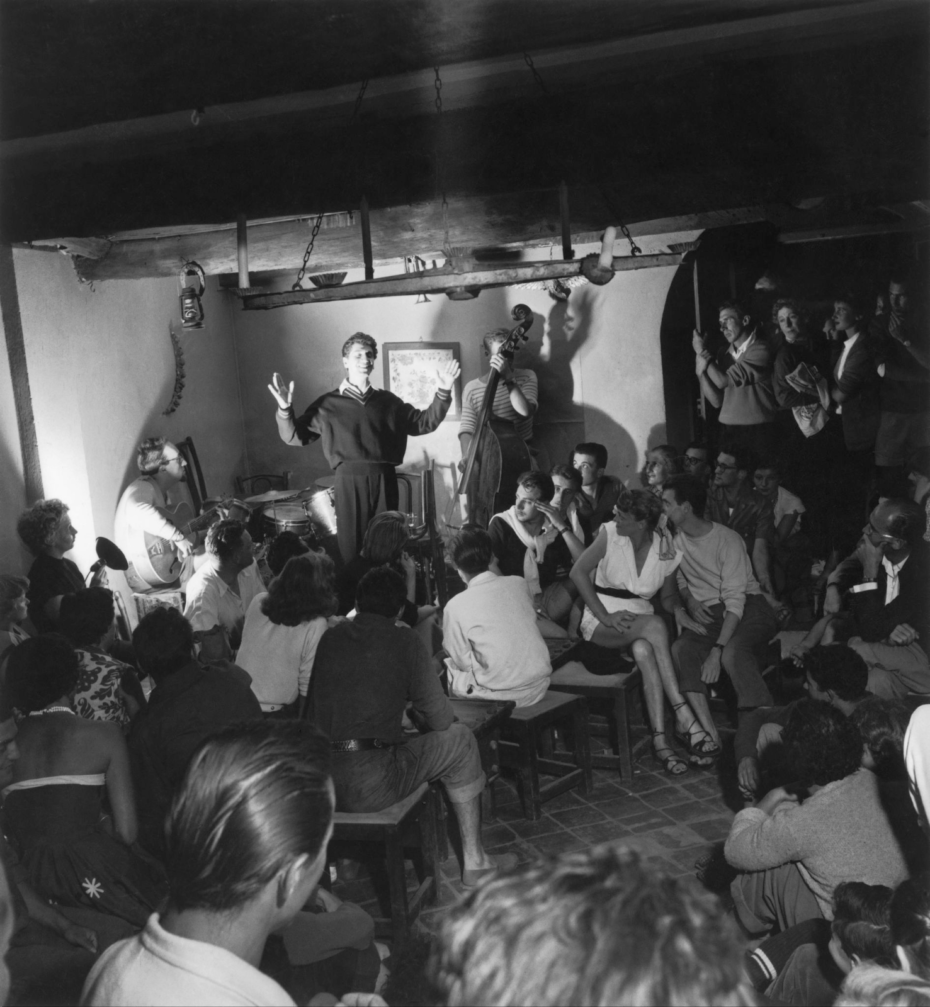
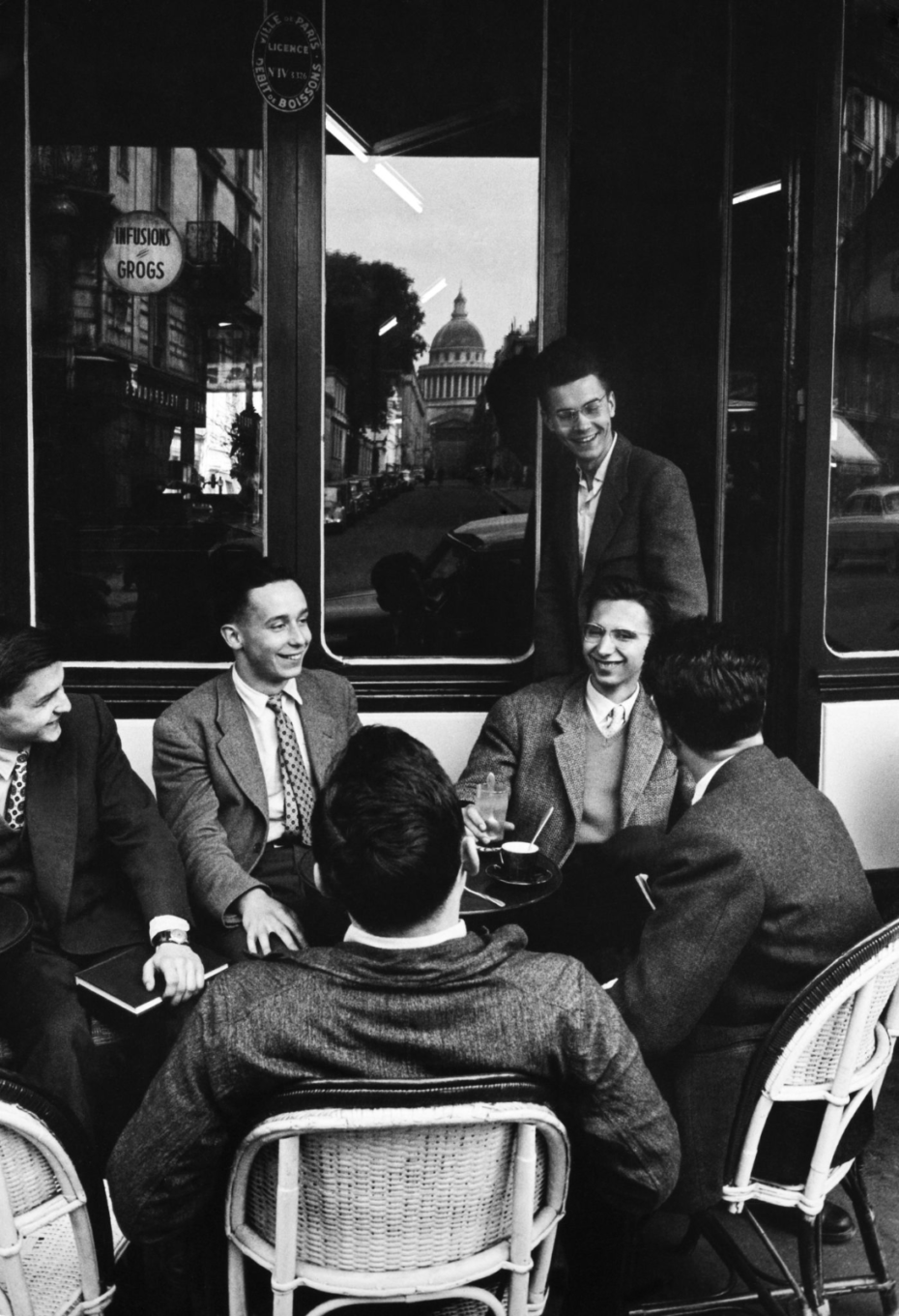
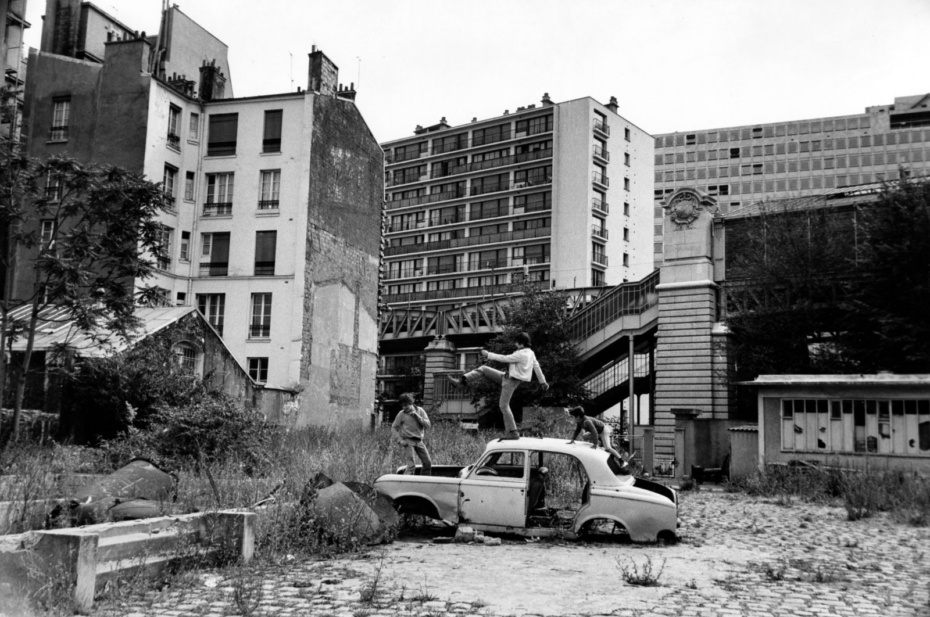
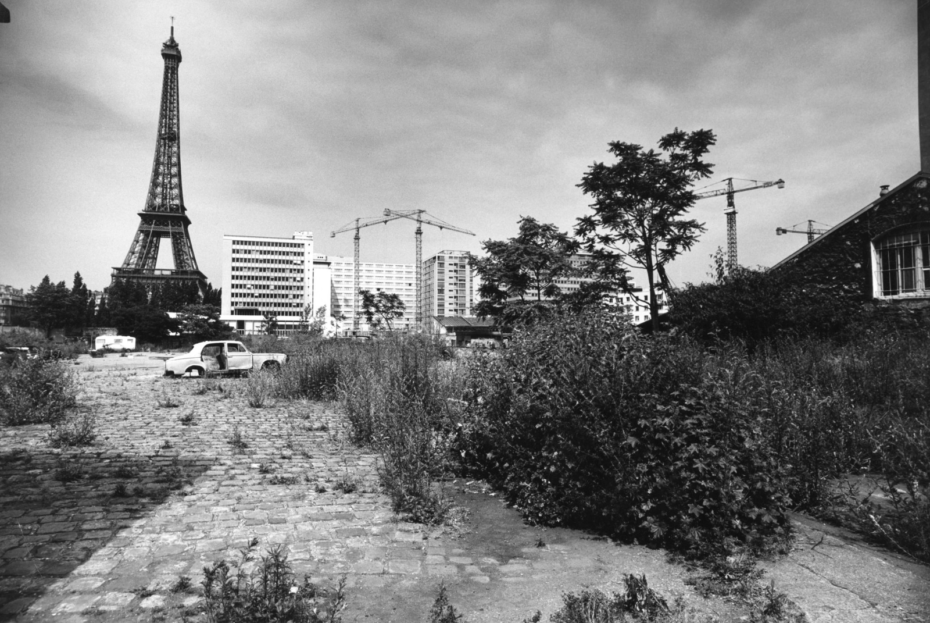
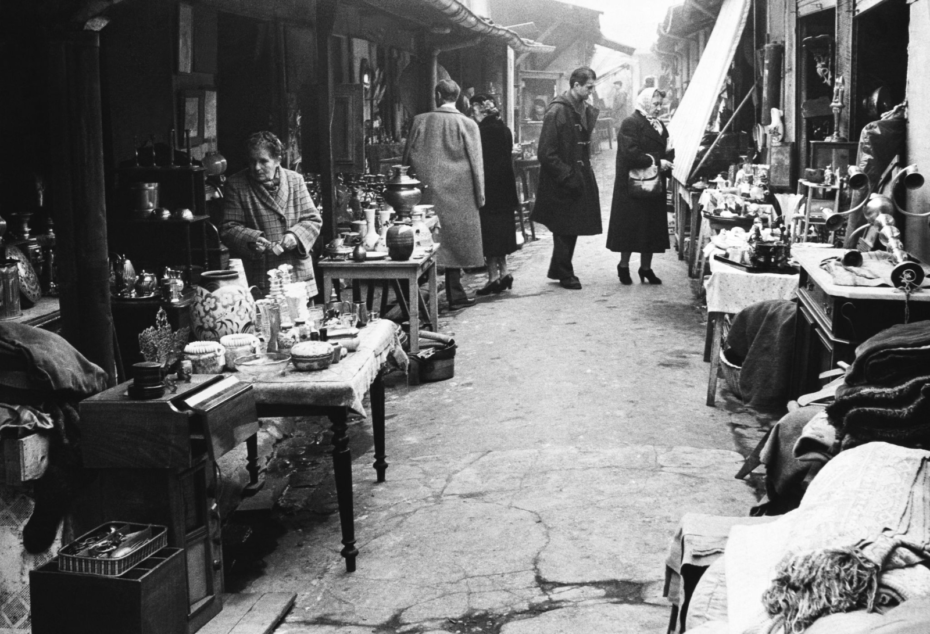
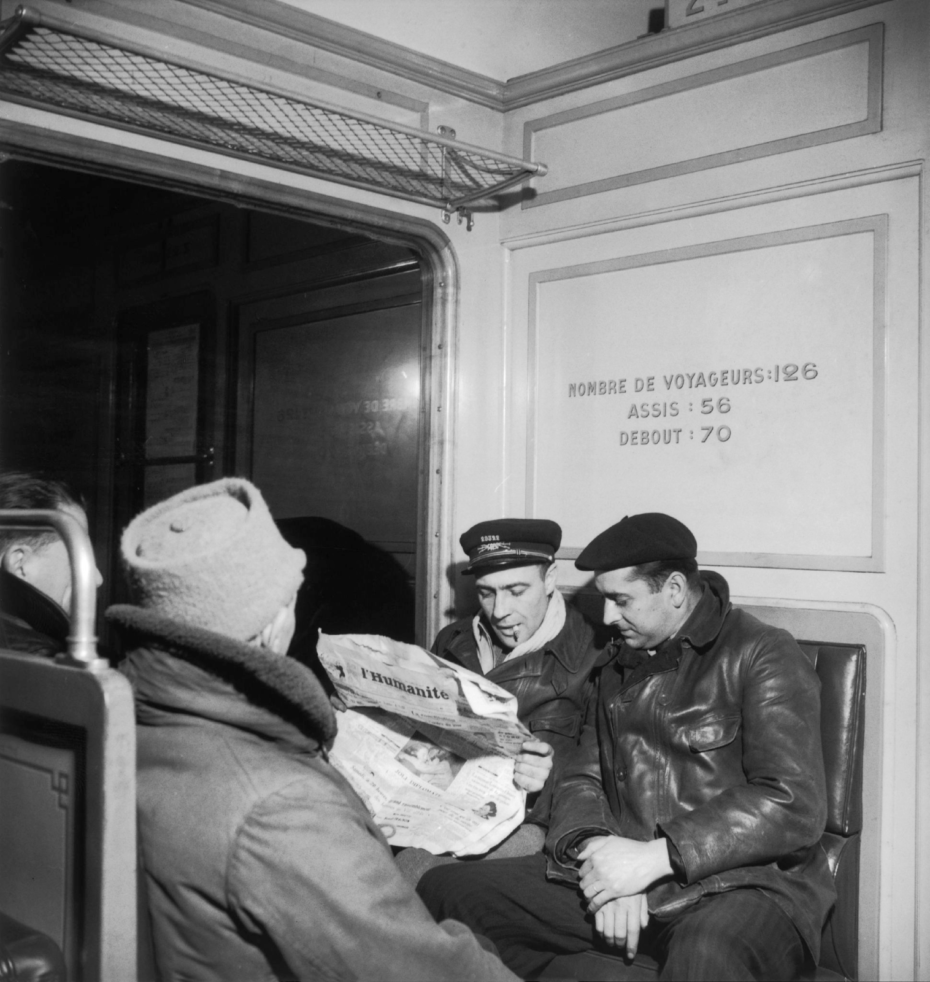
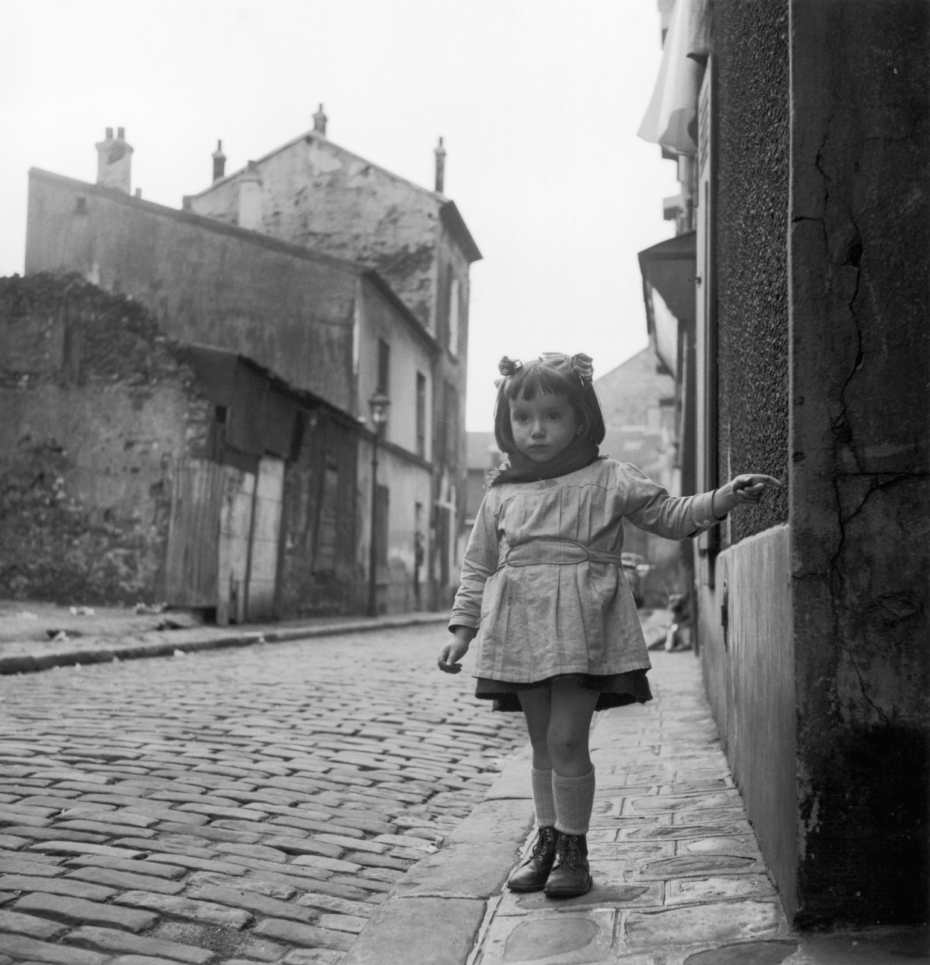
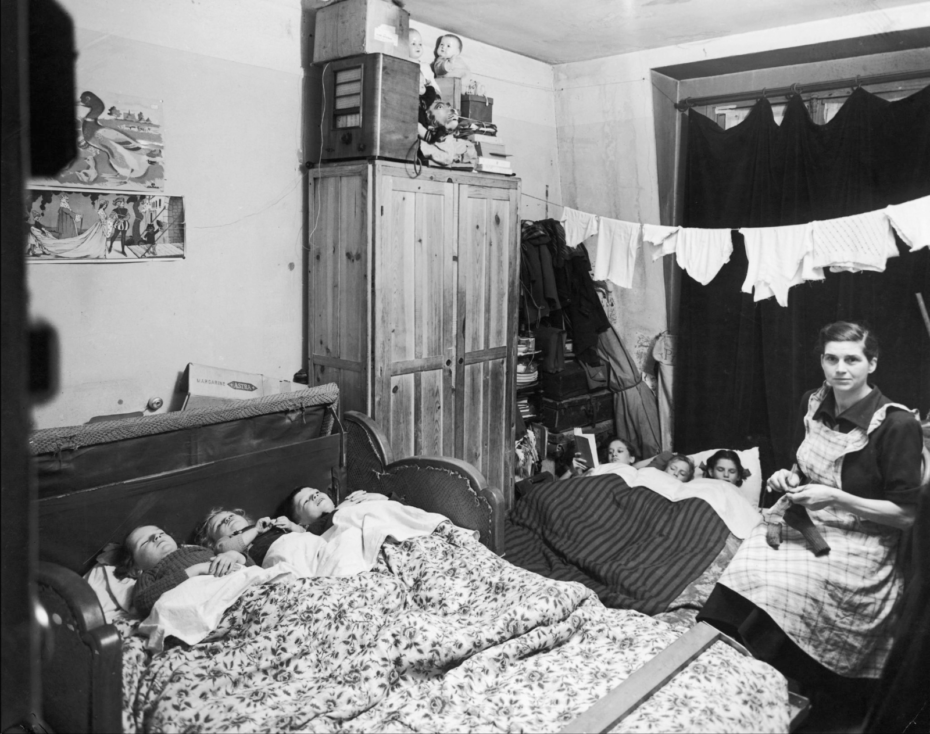
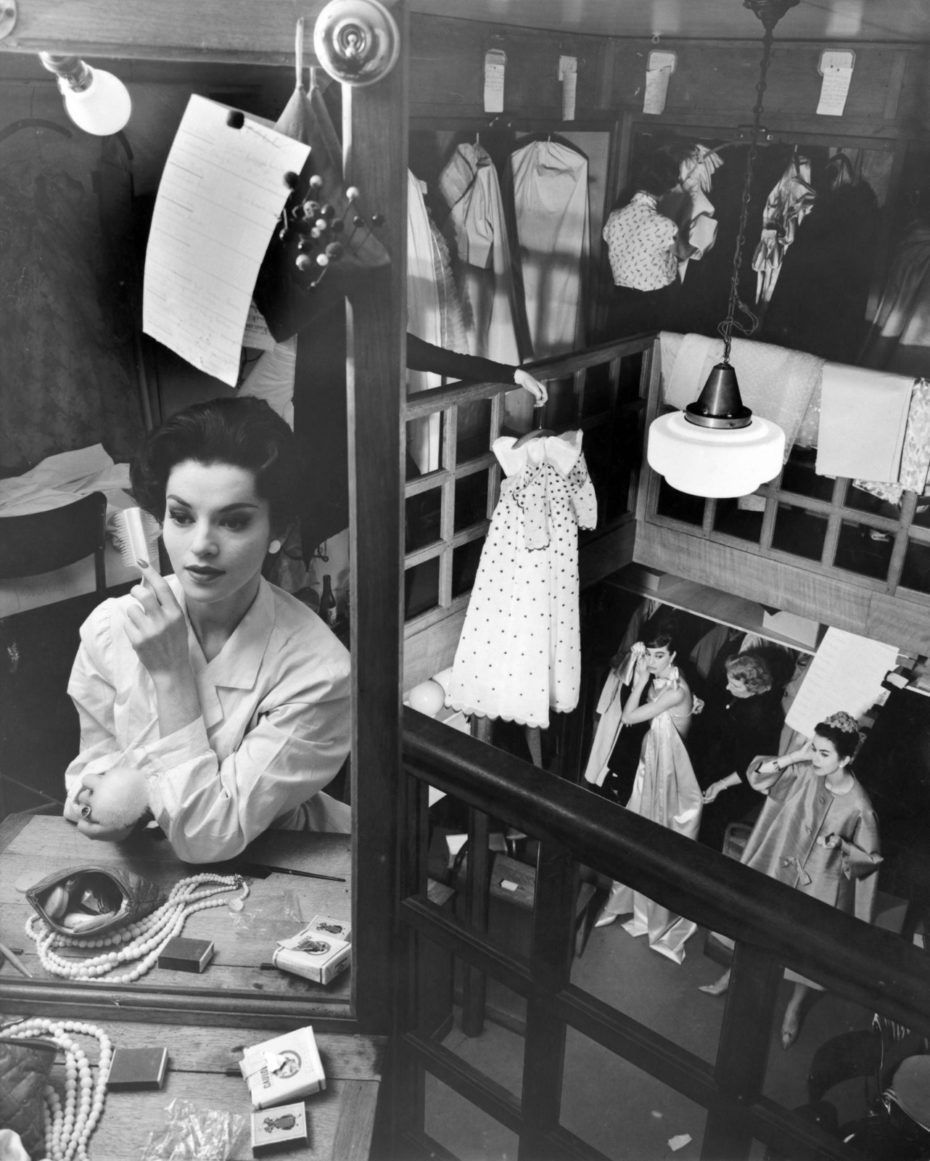
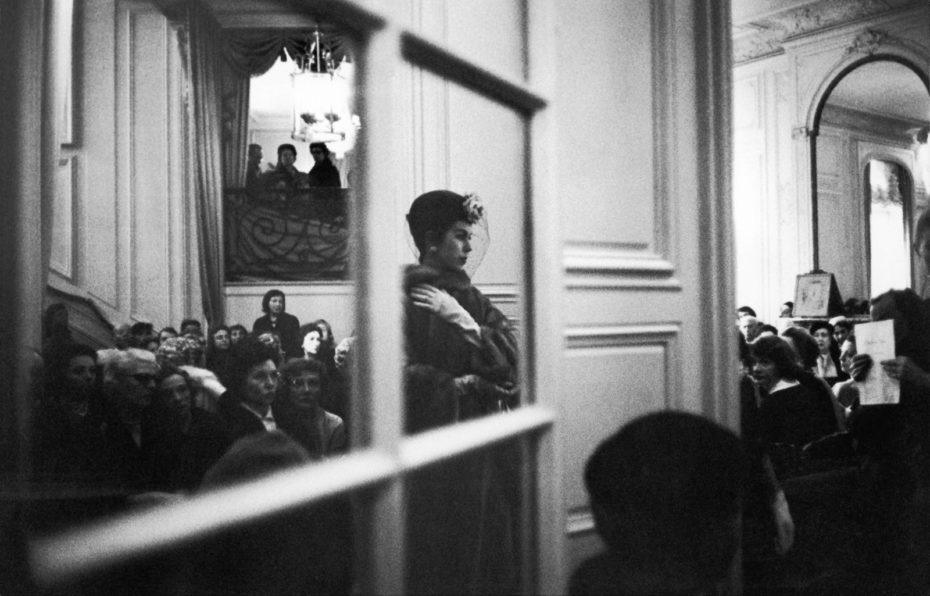
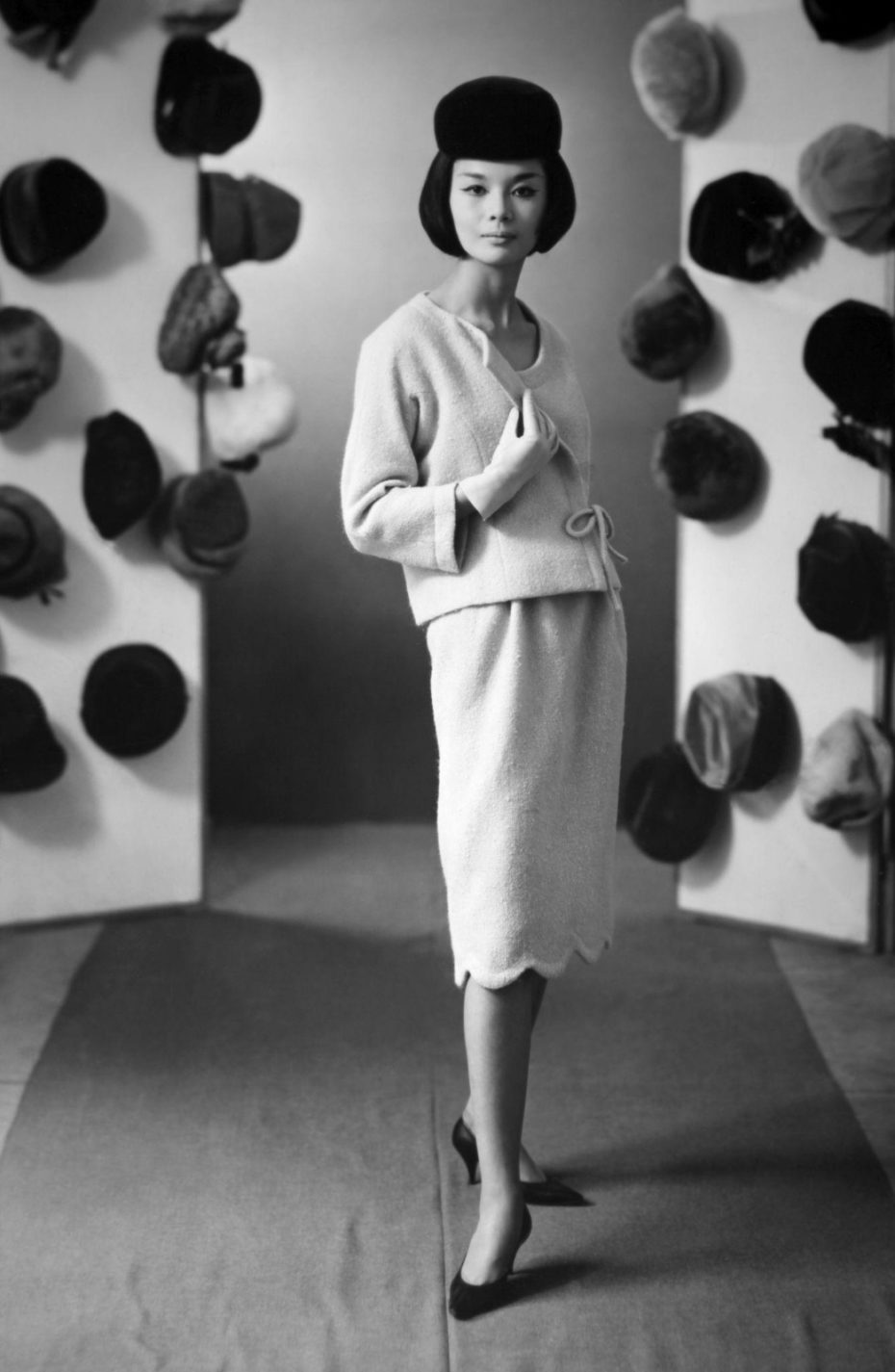
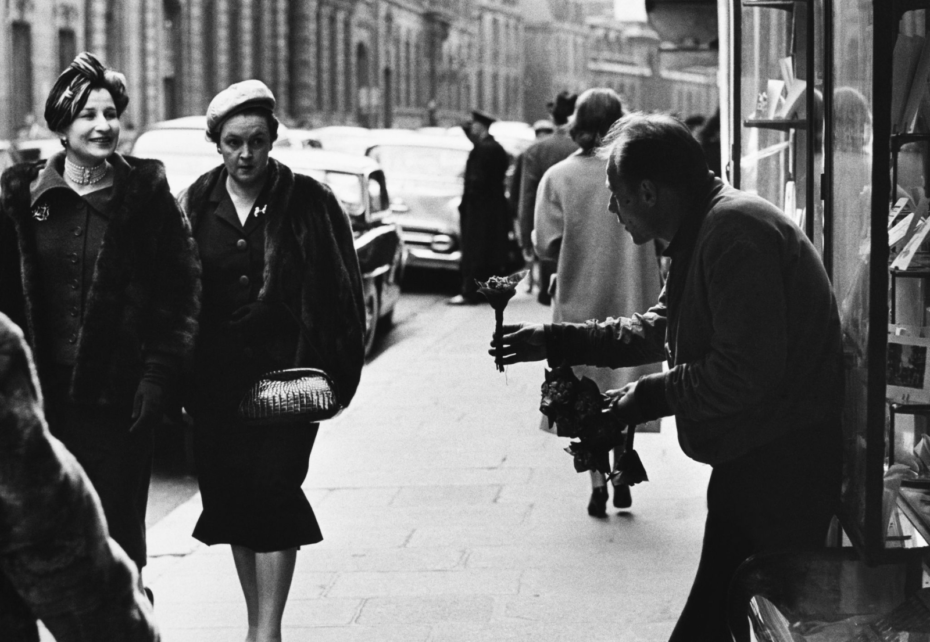
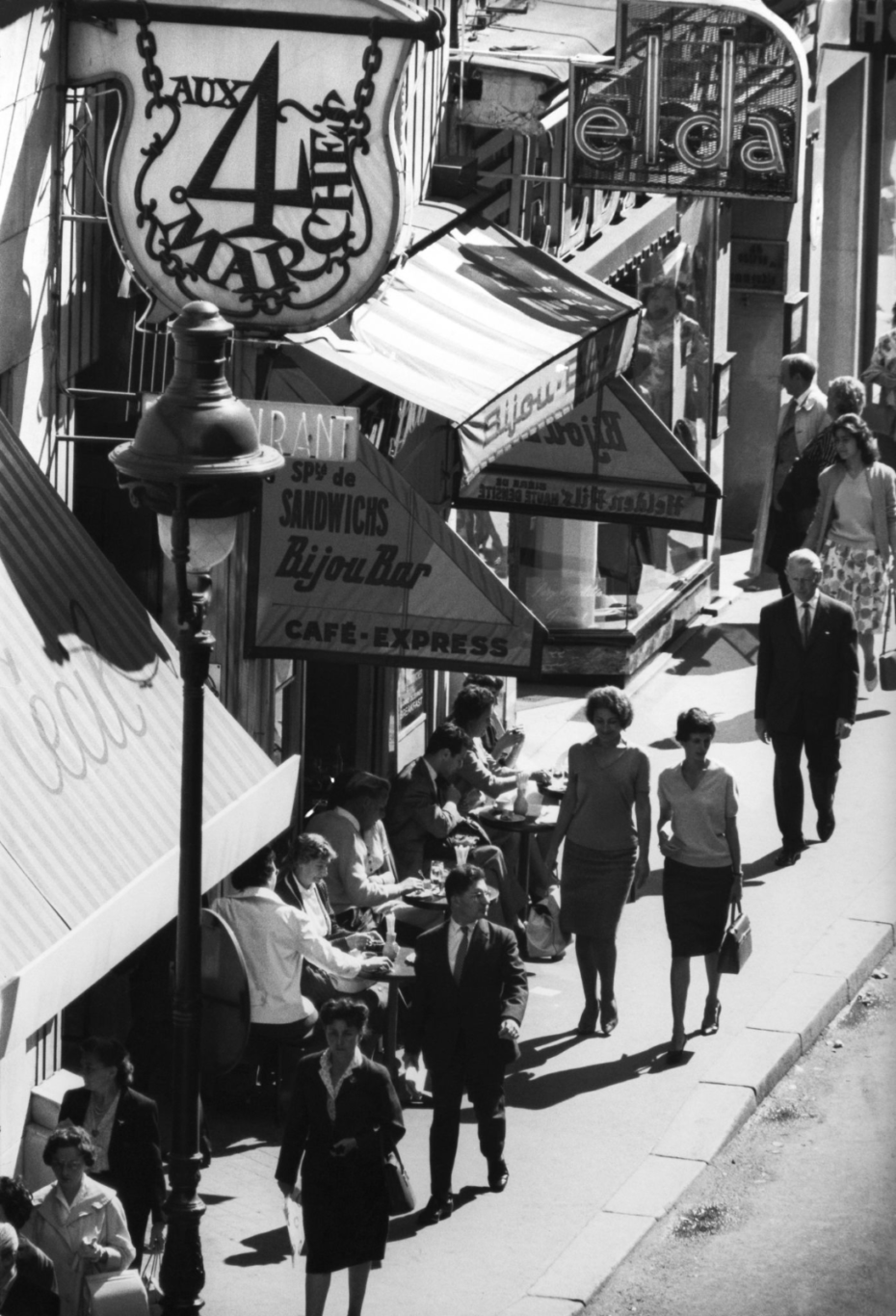
Jean-Philippe Charbonnier opened the first photography gallery in Paris with his then wife in 1975. The gallery still exists today, located in the Marais, exhibiting mid-century photography.


